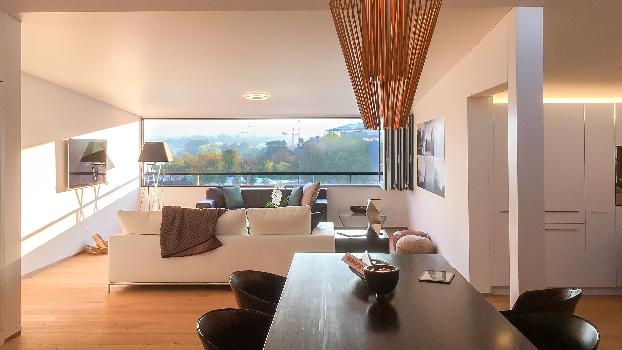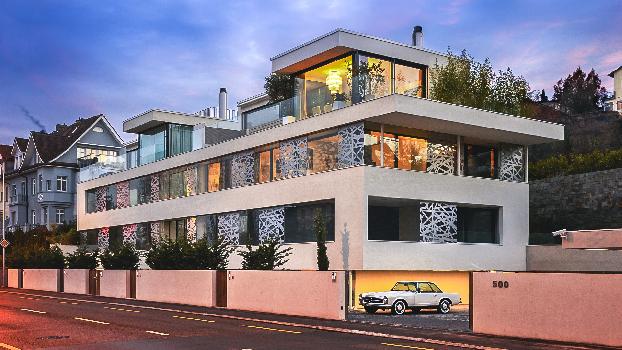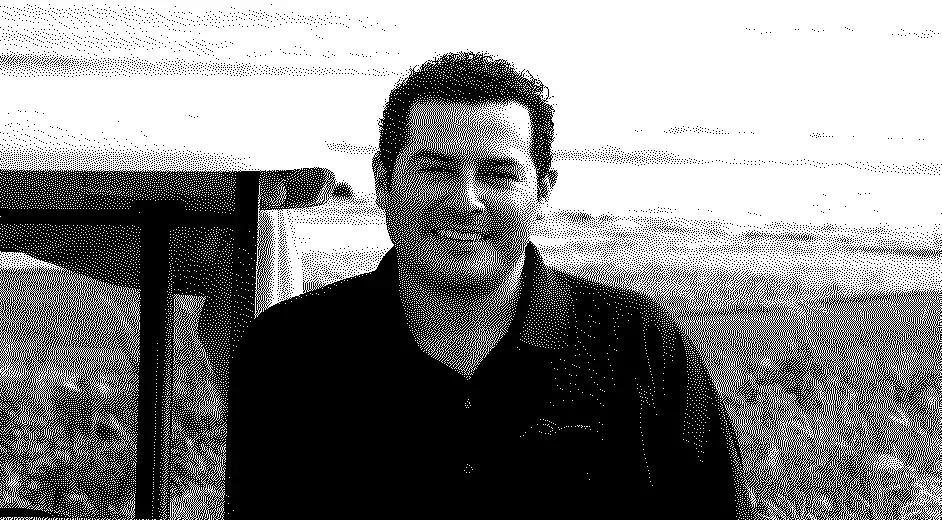
What motivated you to become a golf course architect / designer?
My motivation is definitely architecture and sports. I come from a long family line of teachers in physical education, and sports was always present in my childhood.Actually, my great grandfather swam across the English Channel in 1953, you can see the heritage. Since I was born I have always been in that sort of atmosphere, and initially wanted to follow that path.
However, while in the 50ies and 60ies, actually almost up to the 80ies, being a sports teacher was quite prestigious, when I grew up this was no longer the case, so becoming a teacher was not something I wanted to pursue.
Since 5th grade I wanted to be an architect, I always wanted to create, to build something. So when it was the time, without hesitation I signed up for architecture at university. When I finally got the opportunity to peak into golf architecture I was struck by lightning and knew that was what I wanted to do.
When did you start golfing?
When I was 8 or 10 years old I first started golfing, but back then quite honestly, it didn’t do it for me. I wanted to do "real sports” and played competitive tennis and American football.In total, up to college I played 12 years of American football, but then when I grew older I tried to avoid those harsh contact sports and started to play golf again, remembering how much fun I had as a kid.
What was your education / training to become a golf designer?
There are two ways to do that. First, of course, there is the professional golfer, who is a celebrity like Gary Player, Jack Nicklaus, Greg Norman, starting from a professional golfing career.Being on the Tour and becoming successful is one way to become a golf course designer, as long as projects need branding, its a great way to get involved. The other way is becoming a golf course architect by being an architect.
I have a five year degree in architecture, I am a licensed architect with 6 years of experience in construction, and I got myself dirty. I started being a water boy in construction of some courses and made my way up to project coordinator on two different projects.
Actually, the courses were in Los Cabos, Baja California/Mexico, both Jack Nicklaus projects, the renowned “Palmilla” golf course, and “El Dorado”. Imagine, the first two jobs in training were Jack Nicklaus projects!
I had a chance to be introduced to Jack Nicklaus personally, when I was working for Paragon Golf Construction, which was his construction company at that time, in 98/99.
After this experience I went to work at the project of Querencia, which is a course designed by Tom Fazio, who is one of the most recognized architects. Why did I choose to work for him out of all the big names I had mentioned before?
Actually, because he is a proper architect and I admire his work, and because he is no celebrity designer of the tour. It was another unique experience. Please don’t misunderstand me, I am not diminishing the legacy of Jack Nicklaus and Gary Player, neither as a professional player nor as a designer. I have learned so much from them.
After the time at Querencia, in 2003, I applied for a master’s degree in golf course architecture, which is the only master’s degree in the world, taught at the Heriot-Watt University in Edinburgh. 125 students applied and only 11 were chose, so you can imagine what a beautiful day it was when I got the notice.
We were quite international; there were students from China, Canada, the United States, Scotland, England, the Netherlands and Mexico, myself, representing Latin America. It was a really amazing experience and I felt much honored and privileged, and very lucky, to be part.
Throughout the time there we had a chance to play all the famous courses, like the Old Course, I guess we probably played 80% of the golf courses there, which was part of our studies.
In architecture you cannot design what you have not seen. It is very important to go and see and taking in the design, while we played the courses.
„ To me, being a golf course architect is the greatest profession.Augustín Pizá
Is there a difference between US and European courses?
Being originally from Tijuana, close to the boarder to the US, the only thing I have seen in my first 5 or 6 years of professional golf architecture was Los Cabos, Jack Nickalus, Tom Fazio.Every course there and around Southwest US and Mexico was a super course, a “signature” course, perfectly laid out, grand. That was how I grew up at the beginning of my career.
6 years later going up to Edinburgh, everything is eco-friendly, minimal, natural, the total contrary of what I was used to design and play.
On my first two or three assignments, I did the huge wide fairways, like Punta Mita, I did all sorts of grand stuff, like majestic fairways, relocating trees. I was just designing and not taking into account the nature.
During that masters study at some point I had a real calling, an awakening, to do eco-friendly, nature friendly golf courses. So today, with Pizá Golf Design, I think we have a great advantage over our competition, as we combine the majestic extrovert design of our side of the world with the eco-friendly, conservative way of the UK.
Thus we enhance things we are doing; and we have been very true to that philosophy, that is visible in our designs. During the studies and for the year after my graduation I worked part time with a Scottish architect, in Scotland, Kim Moodie.
I appreciate a lot that he took me under his wing, as those two years of work in Europe made me a better architect and eligible to become a member of the Europen institute of golf course architects.
As the only Latin American based firm, I’m very proud to be an associate of this institution, although I am waiting to become a senior member, but I am still too young for that (laughs). In 2005-06 I worked with Robert von Hagge in Houston, which is why I left Europe.
After a while there I saw the opportunity to open my own studio and bring the knowledge acquired in Europe and the US back to my country. My first project was Punta Mita, another Jack Nicklaus design. To me, being a golf course architect is the greatest profession.

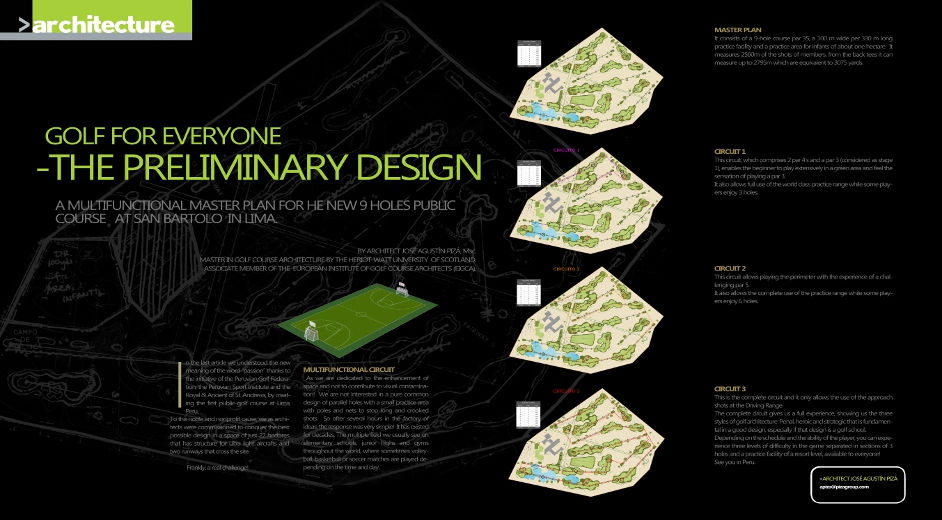
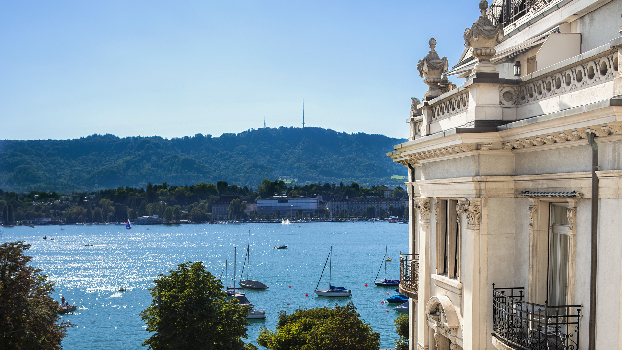



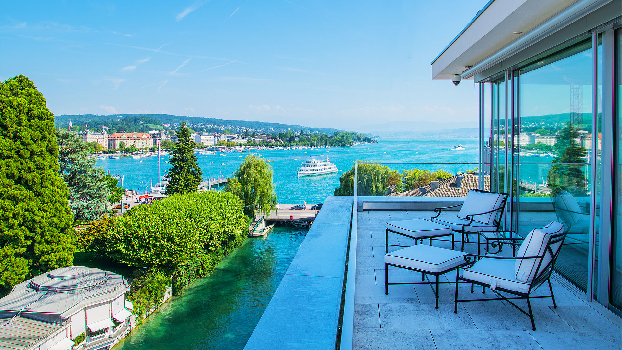
 4
4
 2
2
 2
2
